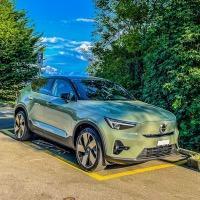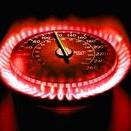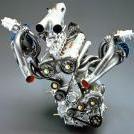La più bella Golf secondo gli autopareristi [SONDAGGIO]
Quali sono, a tuo parere, le Golf più belle della storia?
175 voti
-
Contenuti simili
-
- 16 risposte
- 2153 visite
-
- 13 risposte
- 1262 visite
-
- 3 risposte
- 644 visite
-
-
-





















.thumb.jpg.46228d717c405acd43b45b79fddce6a4.jpg)
Messaggi Raccomandati:
Crea un account o accedi per lasciare un commento
Devi essere iscritto per commentare e visualizzare le sezioni protette!
Crea un account
Iscriviti nella nostra community. È facile!
Registra un nuovo accountAccedi
Sei già registrato? Accedi qui.
Accedi Ora